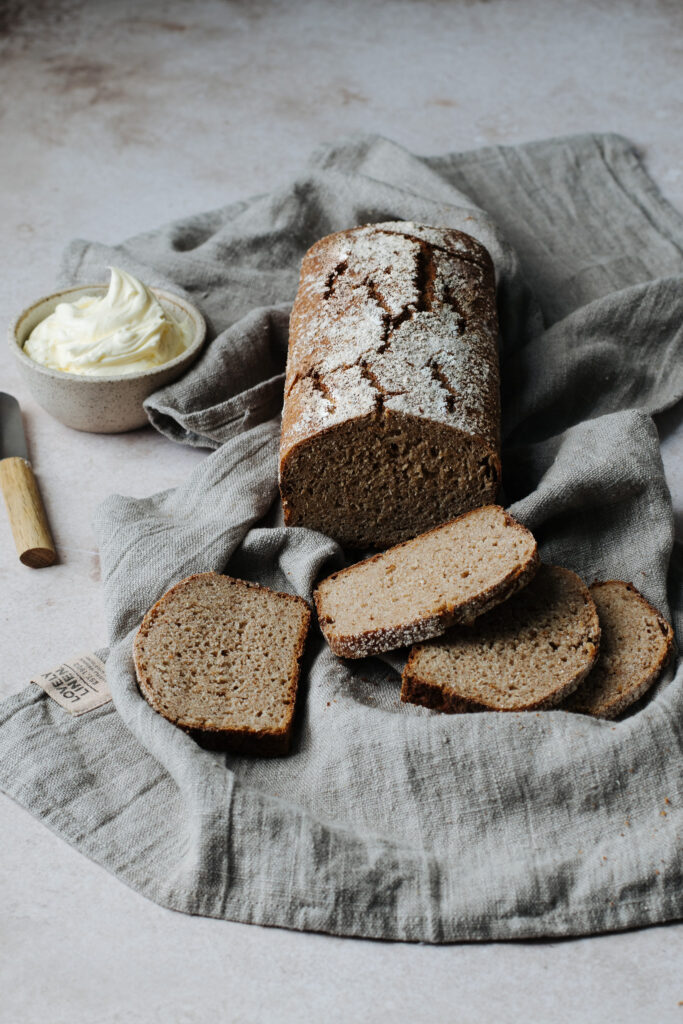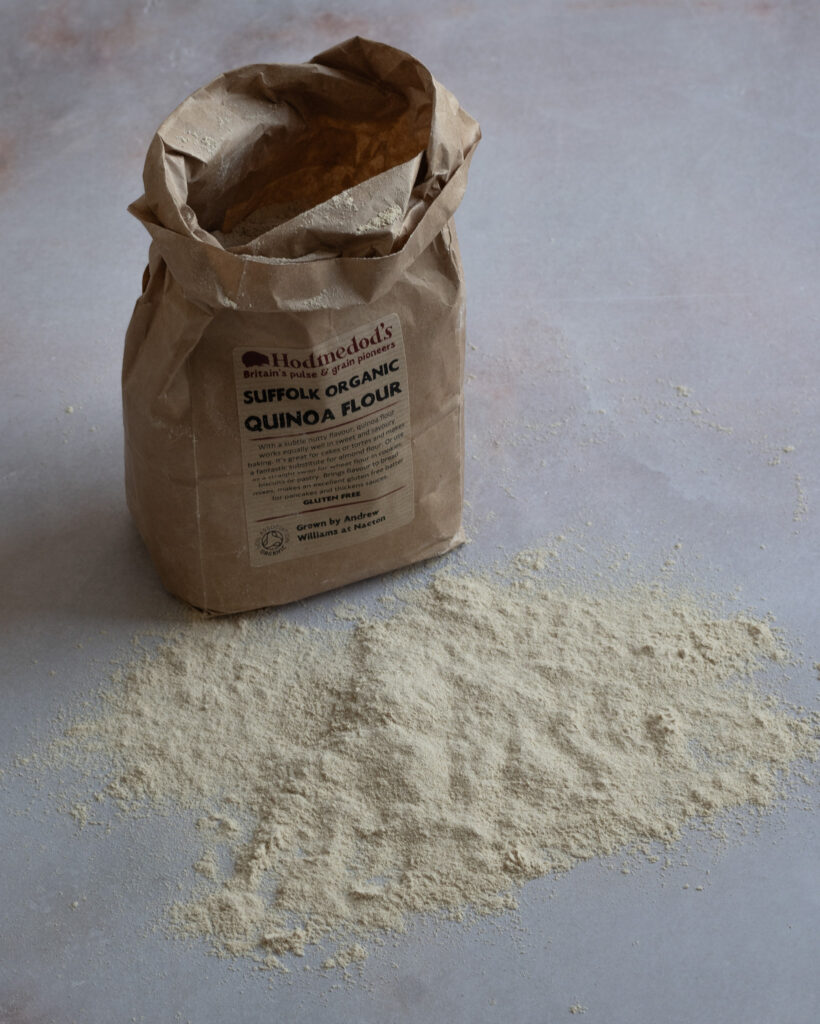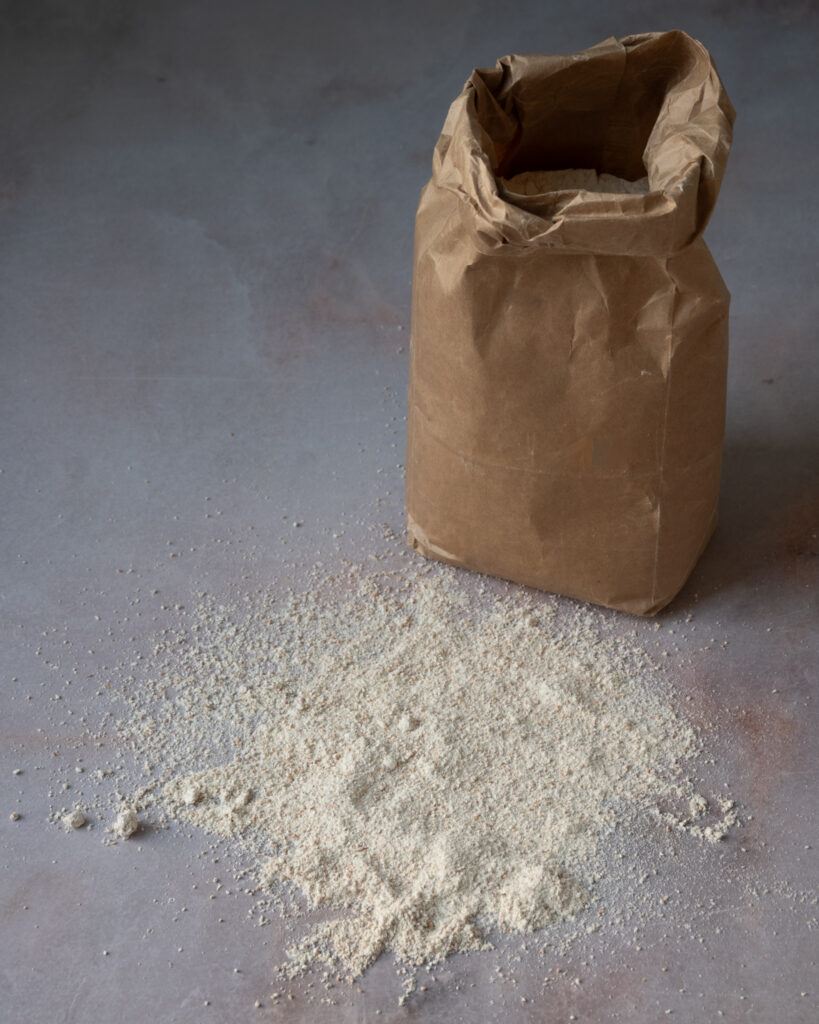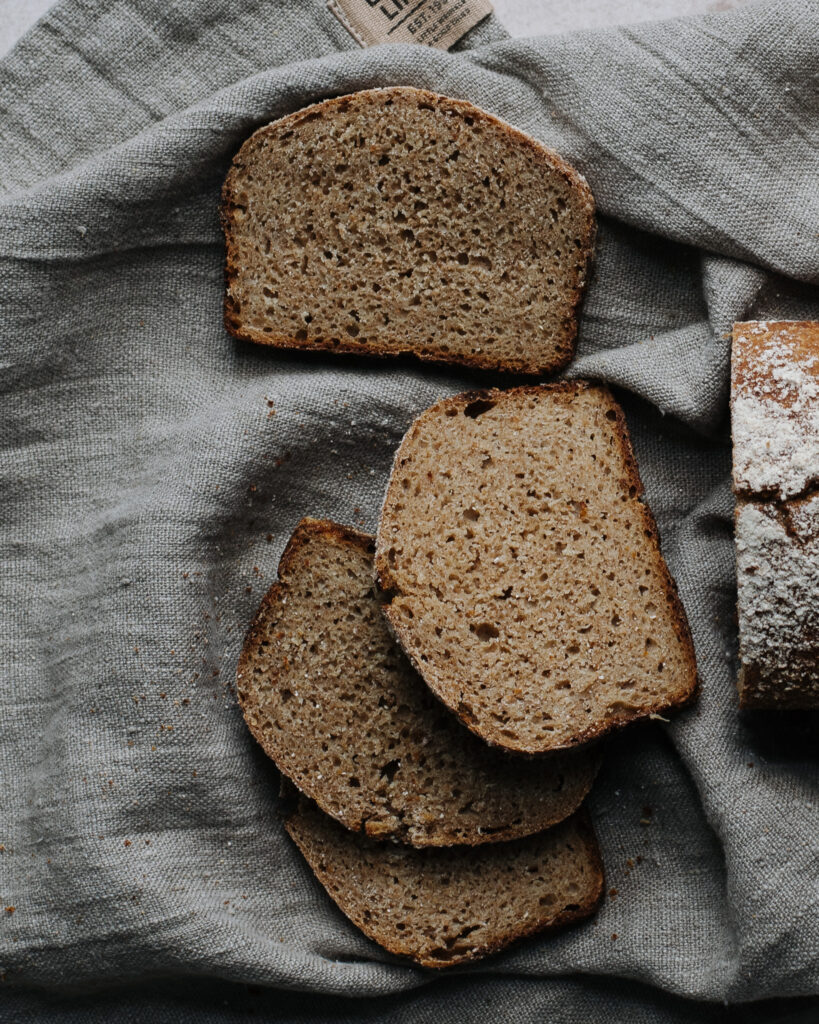
In the world of baking, there’s a constant quest for innovative and nutritious ingredients that can elevate the quality and health benefits of our daily bread. One such remarkable addition to artisanal baking is quinoa flour. Renowned for its exceptional nutritional profile and versatility, quinoa flour, derived from the seed of the quinoa plant, introduces a unique twist to traditional Wholegrain Spelt Sourdough Loaf. Here is the eagerly anticipated recipe for Quinoa and Wholegrain Spelt Sourdough.
Understanding Quinoa and WholeGrain Spelt

Quinoa, Contrary to common belief, isn’t a grain; it’s a seed. However, due to its similar uses and nutritional content, it’s often referred to as a pseudo-cereal or pseudo-grain. With nutty undertones and an earthy aftertaste, this ancient superfood, originating from the Andes region in South America. It has gained global recognition for its impressive health benefits and culinary adaptability. It boasts high levels of protein, fibre, and essential vitamins and minerals such as iron, magnesium, and zinc. Notably, quinoa is a complete protein, containing all nine essential amino acids crucial for bodily functions.
On the other hand, Wholegrain Spelt is an ancient grain that has gained popularity for its nutty flavour and nutritional richness. It’s a cousin of wheat but offers a different nutritional composition. Spelt is high in fibre, providing a good source of complex carbohydrates, along with significant levels of protein, B vitamins, and minerals like phosphorus and manganese.

The Health Benefits
- Rich in Nutrients: When incorporated into sourdough bread, quinoa and wholegrain spelt enhance its nutritional value significantly. The combination of these grains adds a diverse array of vitamins, minerals, and antioxidants to the bread, contributing to overall health and well-being.
- Improved Digestive Health: Both quinoa and wholegrain spelt are rich in fibre, which aids in digestion and promotes gut health.
- Enhanced Protein Content: Quinoa’s status as a complete protein and spelt’s protein content make this sourdough a great choice for individuals looking to increase their protein intake. This becomes particularly beneficial for vegetarians and vegans seeking alternative sources of high-quality protein.
- Boosted Energy Levels: The complex carbohydrates in wholegrain spelt provide a sustained release of energy, making it an excellent choice for maintaining steady blood sugar levels throughout the day. This can contribute to better energy levels and improved endurance.
- Heart Health: Both grains contain nutrients linked to heart health. For instance, magnesium in quinoa and spelt can help regulate blood pressure, while fibre aids in lowering cholesterol levels, reducing the risk of heart disease.
My preference is to use organic flour in sourdough baking. It is free from synthetic pesticides and chemical fertilisers, ensuring a purer, more natural loaf. If you live in the UK, and would like to buy organic quinoa and spelt flour too, you can purchase on line from Hodmedods.

A delicious and nutritious choice. This Quinoa and Wholegrain Spelt Sourdough makes the perfect sturdy base for open sandwiches just like Rugbrød. Enjoying it toasted with a spread, or simply savouring it alongside soups and salads.
DID YOU MAKE THIS RECIPE FOR Quinoa and Wholegrain Spelt Sourdough?
I would love to know how it turned out. Please let me know by commenting below. Or you could snap a photo and share and tag it on Instagram @nordickitchenstories.
Quinoa and Wholegrain Spelt Sourdough
Equipment
- Loaf Tin My tin measures 30 x 10.5cm and holds 1.5kg. A slightly smaller tin would give a better shaped loaf ie. 25 x 11 cm
Ingredients
- 175 g organic quinoa flour
- 375 g organic wholegrain spelt flour extra for dusting
- 390 g water, tepid *weigh the water in grams
- 123 g active sourdough starter doubled in volume
- 11 g fine sea salt
Instructions
To Begin
- Place the 2 flours in a large bowl with the salt, stir to combine. No need to autolyse. Mix the water with the active starter, add into the flour and stir with a spoon, then mix with your hand until you have a rough dough. Don’t knead. Leave for 20 minutes.
Bulk Fermentation
- Now to stretch and fold, this will be done 5 times, with 20 minute intervals. Take a portion of dough in your hand and fold it over into the centre. It will be a little tricky to begin with but as the gluten develops it will become easier. Just take care not to pull the dough too much so it breaks. Cover between each stretch and fold. If your kitchen is cool or draughty, pop it in the oven, (switched off).
- When you have completed all the final stretch and fold, cover and wait 20 minutes. Turn the dough out onto a spelt floured work surface. Have the bread tin ready, lightly oiled and dusted with spelt flour. Lightly dust your hands and the work surface with flour. Shape into a rectangle, the length of the tin. Shape and stretch the dough so you’re able to fold one long side into the centre, then follow with the other. Pinch in the ends Turn the dough over and place in the tin, so the seam is at the bottom.
- Now to prove the dough at room temperature. The length of time will depend on the temperature of your kitchen. If it’s below 18°C leave out for 2 hours, then pop in the fridge to prove overnight covered. If your kitchen is between 18C-23C, then prove for 90 minutes. Prove in the fridge for approximately 11-12 hours.
First thing next morning.
- Preheat the oven 230°C fan
- If you have a Dutch oven that'll accommodate the tin then use it, otherwise place a deep tin of boiling water in the oven 10 minutes prior to baking the bread.
- Dust the surface of the loaf lightly with spelt flour and place in the oven. Bake for 30 minutes in the Dutch oven, then remove and bake for a further 8-12 minutes. Otherwise bake for 40-45 minutes, depending on how dark you like your sourdough. Remove from the tin and cool on a wire rack.




 Cod, Coconut, Basil and Lemongrass
Cod, Coconut, Basil and Lemongrass
Leave a Reply